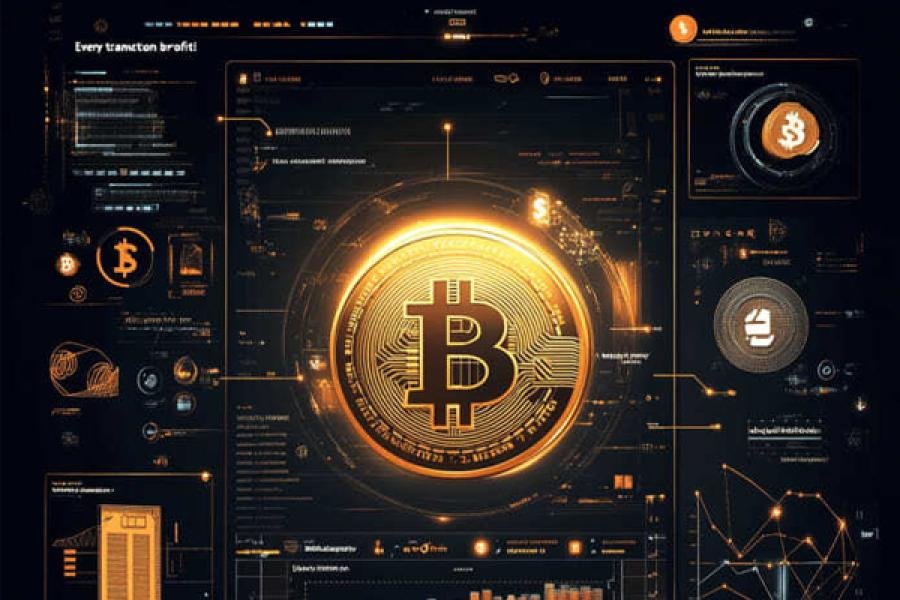 29, Aug
29, Aug
Bitcoin: The Digital Gold Asset
Bitcoin has increasingly been described as “digital gold” due to its unique characteristics as a scarce, decentralized, and durable store of value. Much like physical gold, Bitcoin is not directly tied to any government or central bank, and its finite supply of 21 million coins positions it as a hedge against inflation and currency devaluation.
Scarcity and Value Preservation
The fixed issuance of Bitcoin through mining mirrors the scarcity principle that underpins gold’s long-standing role in global finance. This scarcity, combined with rising demand, underlines its potential to preserve value over time, particularly in periods of economic instability.
Portability and Divisibility
Unlike gold, Bitcoin offers unmatched portability and divisibility. It can be transferred globally within minutes, with relatively low transaction costs, and can be divided into units as small as a satoshi (0.00000001 BTC), making it highly adaptable for both large-scale and micro-transactions.
Market Volatility and Risks
Despite its appeal, Bitcoin differs from gold in its volatility. Its price movements are influenced by speculation, regulatory developments, and broader market sentiment, which can pose significant risks for investors seeking stability.
Institutional and Global Adoption
Bitcoin’s growing recognition by institutional investors, payment platforms, and even national economies has reinforced its position as a credible asset class. This evolving adoption suggests a trajectory toward mainstream integration, albeit alongside continued debate about regulation and long-term sustainability.
Conclusion
Bitcoin embodies many of the attributes that have historically made gold valuable, while also introducing innovations enabled by digital technology. Its role as a digital gold asset highlights a shift in financial markets — from reliance on tangible commodities to trust in decentralized, cryptographic systems.




